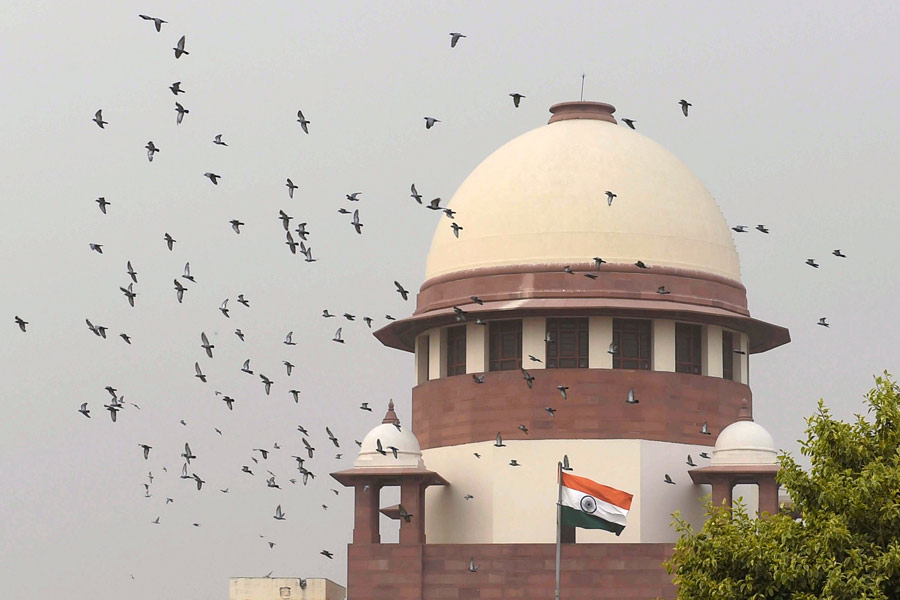In a polity that has witnessed — suffered — polarisation along religious lines, the subject of education imparted by institutions affiliated to minority faiths, especially madarsas, has attracted the interest of both governments and courts. In Assam, for instance, the Gauhati High Court had upheld the validity of a law passed by the state assembly that directed all state-run madarsas to be converted to regular schools. Again, the Allahabad High Court had struck down the Uttar Pradesh Board of Madarsa Education Act, which had been passed earlier by the Samajwadi Party-led dispensation, on the grounds that the legislation violated the principle of secularism and went against Articles 14 and 21A of the Constitution. In its verdict, the Allahabad High Court had declared that no power is vested in the State to create a board for religious education or to establish a board for school education only for a particular faith. Now, in a landmark judgment, the Supreme Court has underlined the constitutional validity of the UP Madarsa Act, arguing that the legislation is “consistent with the positive obligation of the State to ensure that students studying in recognized madarsas attain a minimum level of competency.” This, the apex court has correctly opined, would enable effective participation of students in society and earn a livelihood. However, it has deemed that the Act’s power to award such higher degrees as Kamil and Fazil is unwarranted as it is in conflict with the University Grants Commission. The highest court in its esteemed wisdom has broadened the conceptual framework of education to include lessons imparted by religious institutions, be they from the minority or the majority community.
What lies at the heart of the directive is the Supreme Court’s enlightened reading of the character of Indian secularism. Unlike the rigid contours of the secular framework in the West — France’s laïcité being one example — the spirit of India’s constitutional secularism is embossed with a degree of expansiveness that enables it to often fuse the secular with the religious. The Supreme Court’s intervention is also humane. The future of over 12 lakh students in UP’s 13,364 madarsas would have been in jeopardy in the absence of the Supreme Court’s intervention. The apex court has said that the government’s principal obligation is to provide quality education in these institutions. It is to be hoped that governments in the states and at the Centre would abide by this principle and shun adventurism when it comes to minority religious institutions.










